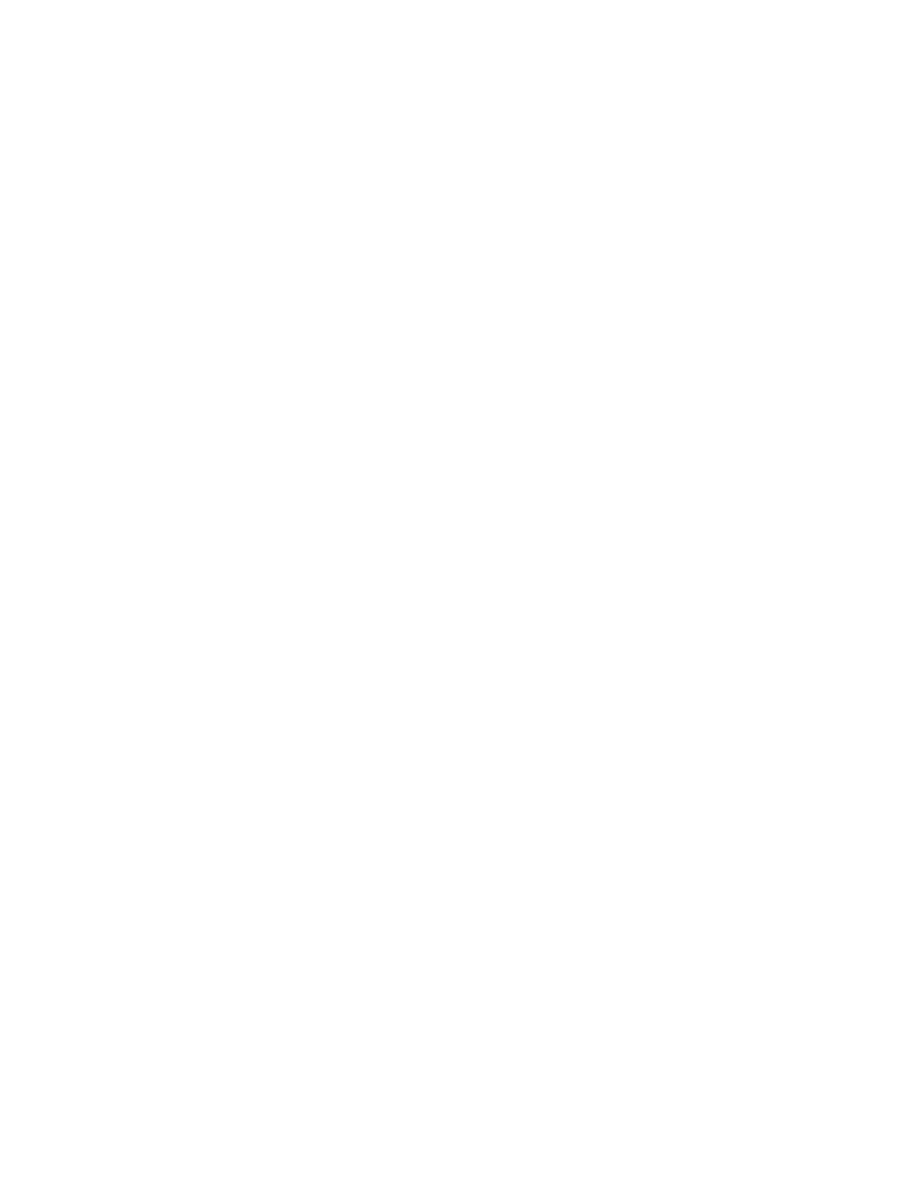
243
Federal Aviation Administration, DOT
§ 25.362
(1) The control system on control
surface stops; or
(2) A limit pilot force of 300 pounds
from V
MC
to V
A
and 200 pounds from V
C
/
M
C
to V
D
/M
D
, with a linear variation
between V
A
and V
C
/M
C
.
(b) With the cockpit rudder control
deflected so as always to maintain the
maximum rudder deflection available
within the limitations specified in
paragraph (a) of this section, it is as-
sumed that the airplane yaws to the
overswing sideslip angle.
(c) With the airplane yawed to the
static equilibrium sideslip angle, it is
assumed that the cockpit rudder con-
trol is held so as to achieve the max-
imum rudder deflection available with-
in the limitations specified in para-
graph (a) of this section.
(d) With the airplane yawed to the
static equilibrium sideslip angle of
paragraph (c) of this section, it is as-
sumed that the cockpit rudder control
is suddenly returned to neutral.
[Amdt. 25–91, 62 FR 40704, July 29, 1997]
S
UPPLEMENTARY
C
ONDITIONS
§ 25.361
Engine and auxiliary power
unit torque.
(a) For engine installations—
(1) Each engine mount, pylon, and ad-
jacent supporting airframe structures
must be designed for the effects of—
(i) A limit engine torque cor-
responding to takeoff power/thrust and,
if applicable, corresponding propeller
speed, acting simultaneously with 75%
of the limit loads from flight condition
A of § 25.333(b);
(ii) A limit engine torque cor-
responding to the maximum contin-
uous power/thrust and, if applicable,
corresponding propeller speed, acting
simultaneously with the limit loads
from flight condition A of § 25.333(b);
and
(iii) For turbopropeller installations
only, in addition to the conditions
specified in paragraphs (a)(1)(i) and (ii)
of this section, a limit engine torque
corresponding to takeoff power and
propeller speed, multiplied by a factor
accounting for propeller control sys-
tem malfunction, including quick
feathering, acting simultaneously with
1g level flight loads. In the absence of
a rational analysis, a factor of 1.6 must
be used.
(2) The limit engine torque to be con-
sidered under paragraph (a)(1) of this
section must be obtained by—
(i) For turbopropeller installations,
multiplying mean engine torque for the
specified power/thrust and speed by a
factor of 1.25;
(ii) For other turbine engines, the
limit engine torque must be equal to
the maximum accelerating torque for
the case considered.
(3) The engine mounts, pylons, and
adjacent supporting airframe structure
must be designed to withstand 1g level
flight loads acting simultaneously with
the limit engine torque loads imposed
by each of the following conditions to
be considered separately:
(i) Sudden maximum engine decelera-
tion due to malfunction or abnormal
condition; and
(ii) The maximum acceleration of en-
gine.
(b) For auxiliary power unit installa-
tions, the power unit mounts and adja-
cent supporting airframe structure
must be designed to withstand 1g level
flight loads acting simultaneously with
the limit torque loads imposed by each
of the following conditions to be con-
sidered separately:
(1) Sudden maximum auxiliary power
unit deceleration due to malfunction,
abnormal condition, or structural fail-
ure; and
(2) The maximum acceleration of the
auxiliary power unit.
[Amdt. 25–141, 79 FR 73468, Dec. 11, 2014]
§ 25.362
Engine failure loads.
(a) For engine mounts, pylons, and
adjacent supporting airframe struc-
ture, an ultimate loading condition
must be considered that combines 1g
flight loads with the most critical
transient dynamic loads and vibra-
tions, as determined by dynamic anal-
ysis, resulting from failure of a blade,
shaft, bearing or bearing support, or
bird strike event. Any permanent de-
formation from these ultimate load
conditions must not prevent continued
safe flight and landing.
(b) The ultimate loads developed
from the conditions specified in para-
graph (a) of this section are to be—
VerDate Sep<11>2014
12:50 Apr 30, 2019
Jkt 247046
PO 00000
Frm 00253
Fmt 8010
Sfmt 8010
Y:\SGML\247046.XXX
247046
spaschal on DSK3GDR082PROD with CFR